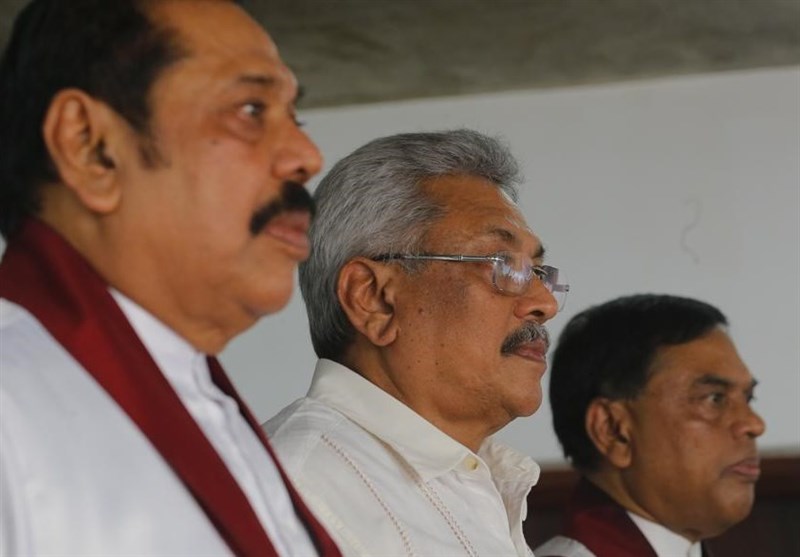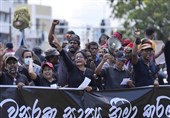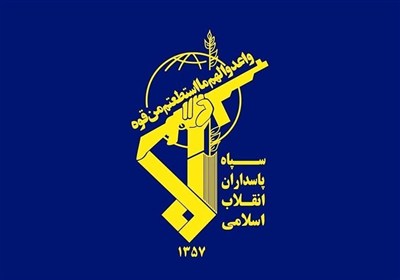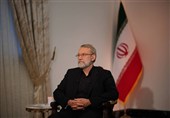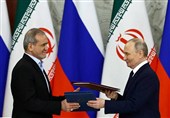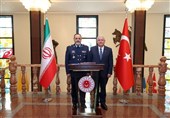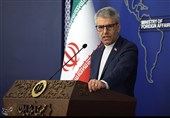Sri Lankan Power Family Falls from Grace as Economy Tanks
TEHRAN (Tasnim) - With one brother president, another prime minister and three more family members cabinet ministers, it appeared that the Rajapaksa clan had consolidated its grip on power in Sri Lanka after decades in and out of government.
But as a national debt crisis spirals out of control, with pandemic woes and rising food and fuel costs due to the war in Ukraine compounding problems from years of dubious economic decisions, their dynasty is crumbling.
The three Rajapaksas resigned their cabinet posts in April, Prime Minister Mahinda Rajapaksa stepped down on Monday, angry protesters attacked the family’s home this week and President Gotabaya Rajapaksa has not been seen outside his heavily guarded compound.
But the family is not going down without a fight, ordering troops to shoot protesters causing injury to people or property, instituting a nationwide curfew and allegedly encouraging mobs of their supporters to fight in the streets with anti-government demonstrators.
In his first speech to the nation in some two months, Gotabaya Rajapaksa on Wednesday said he would return more power to Parliament —by rolling back an amendment he implemented to buttress the all-powerful executive presidential system. On Thursday he appointed a new prime minister —of no relation.
But it might be too little, too late to put an end to the nationwide protests calling for the ouster of the president, the last Rajapaksa still clinging to national office, AP reported.
With soaring prices, fuel and food shortages and lengthy power cuts, Sri Lankans have been protesting for weeks, calling for both the Rajapaksas to step down. Violence erupted Monday after Rajapaksa supporters clashed with protesters in a dramatic turn that saw Mahinda resign. Nine people were killed and more than 200 injured.
Angry protesters attacked the family’s ancestral home in the Hambantota area, and Mahinda has been forced to take refuge on a heavily fortified naval base.
The Rajapaksa family has been involved in Sri Lankan politics for decades, with the focus most recently on Mahinda, the president’s older brother.
About 70% of Sri Lanka’s 22 million people are Buddhists, mainly ethnic Sinhalese. Hindus, mainly ethnic Tamils, make up 12.6% of the population, while another 9.7% are Muslim and 7.6% are Christian.
